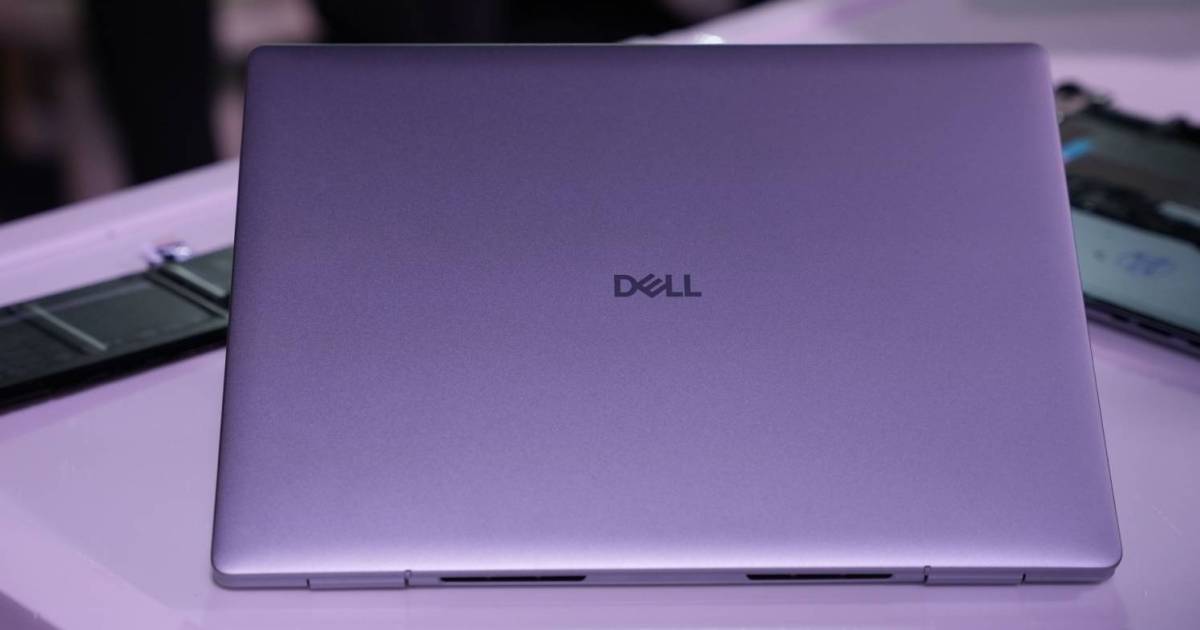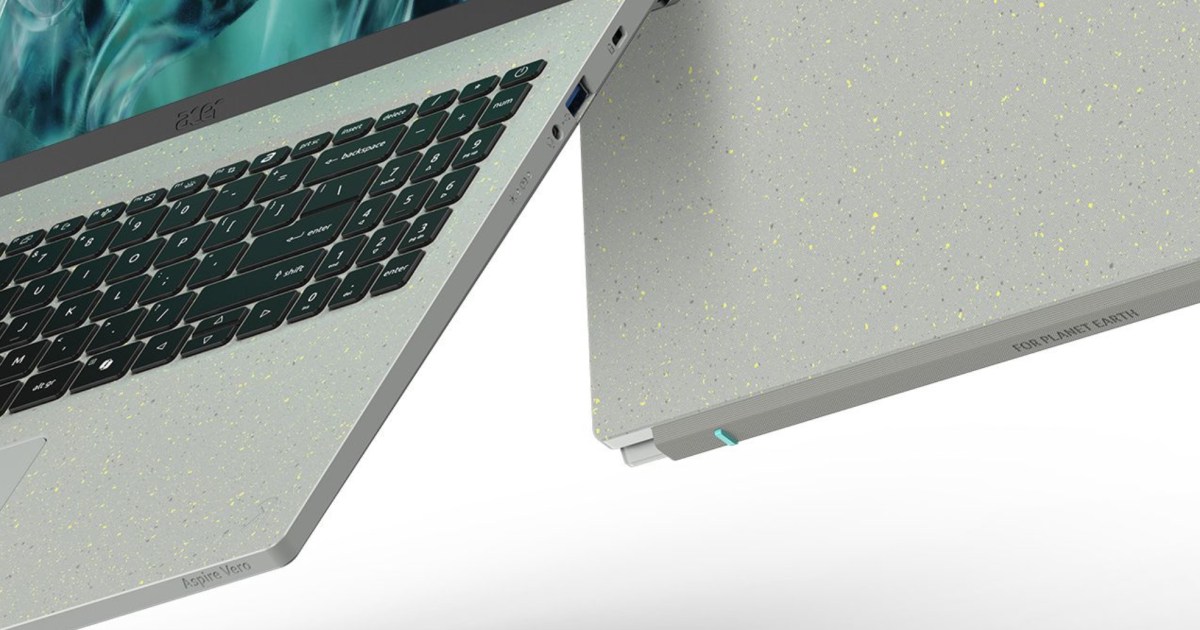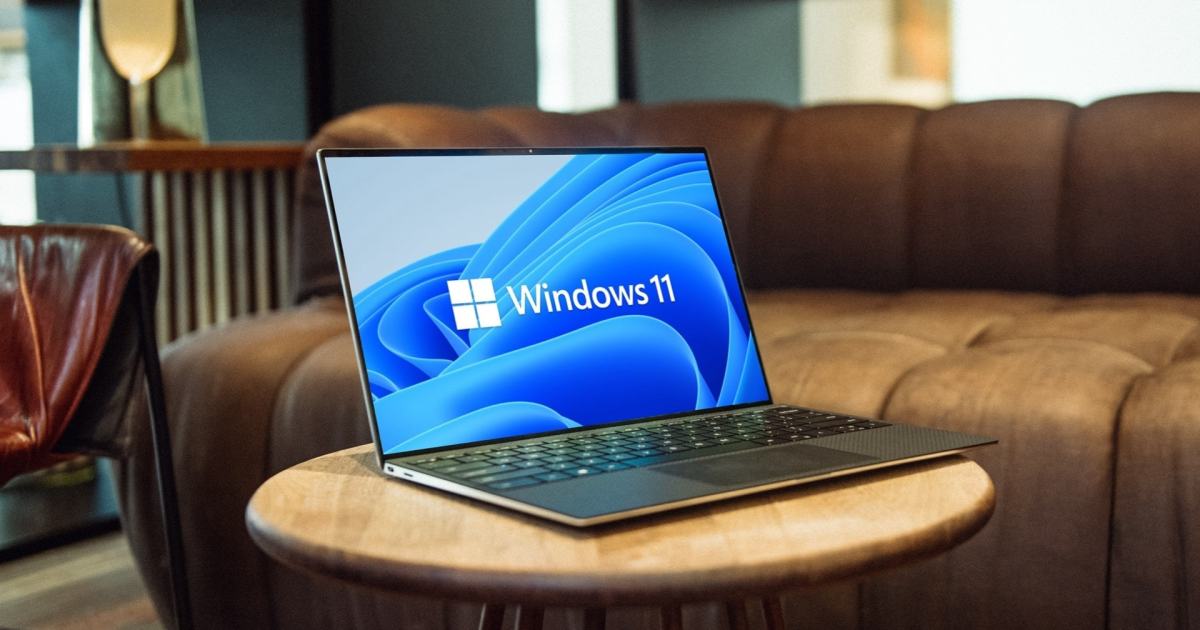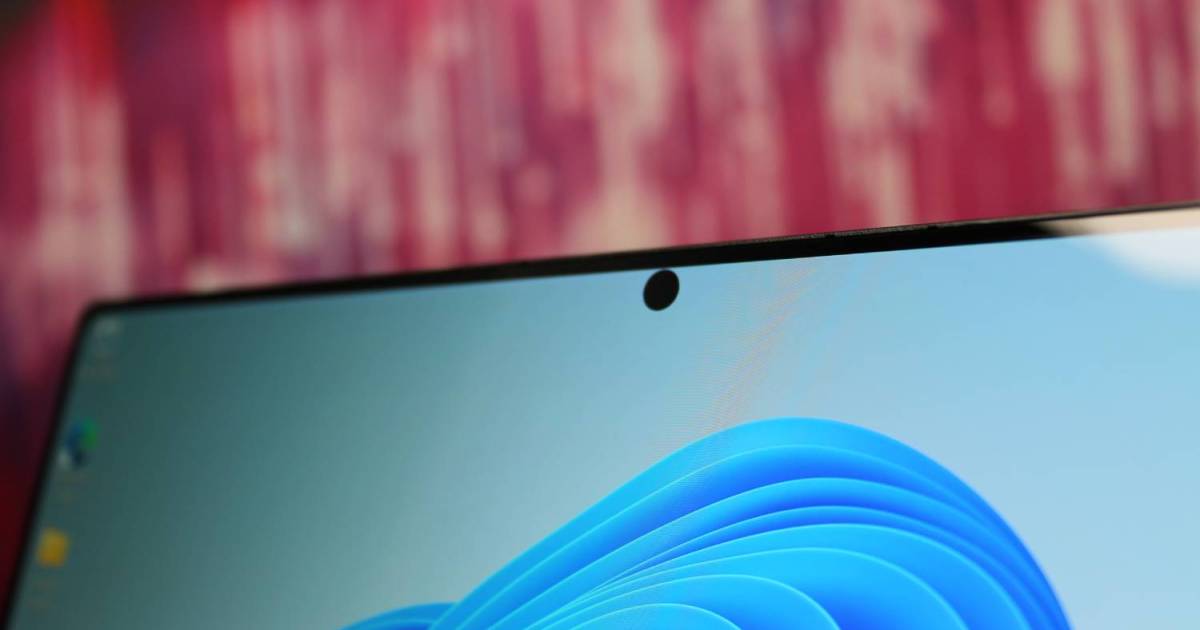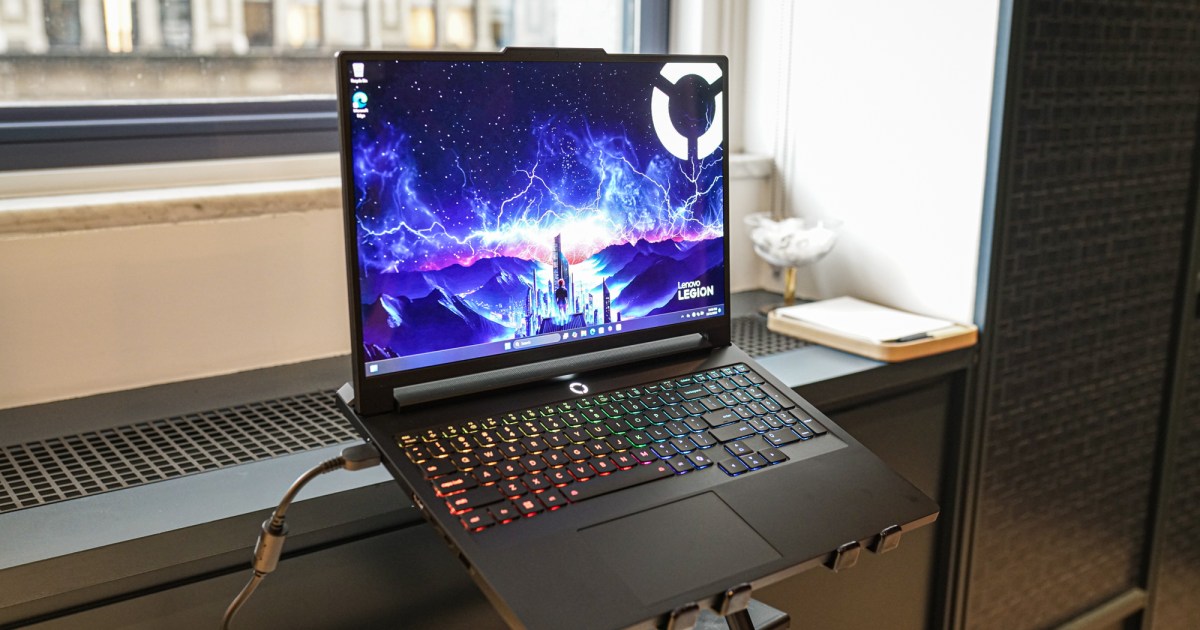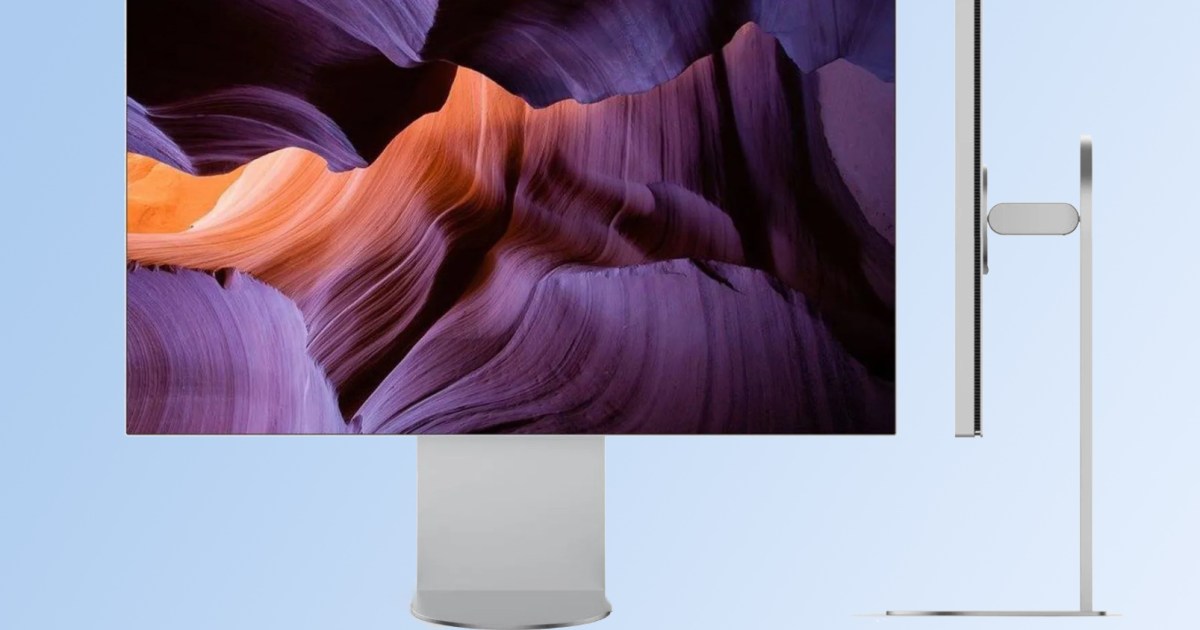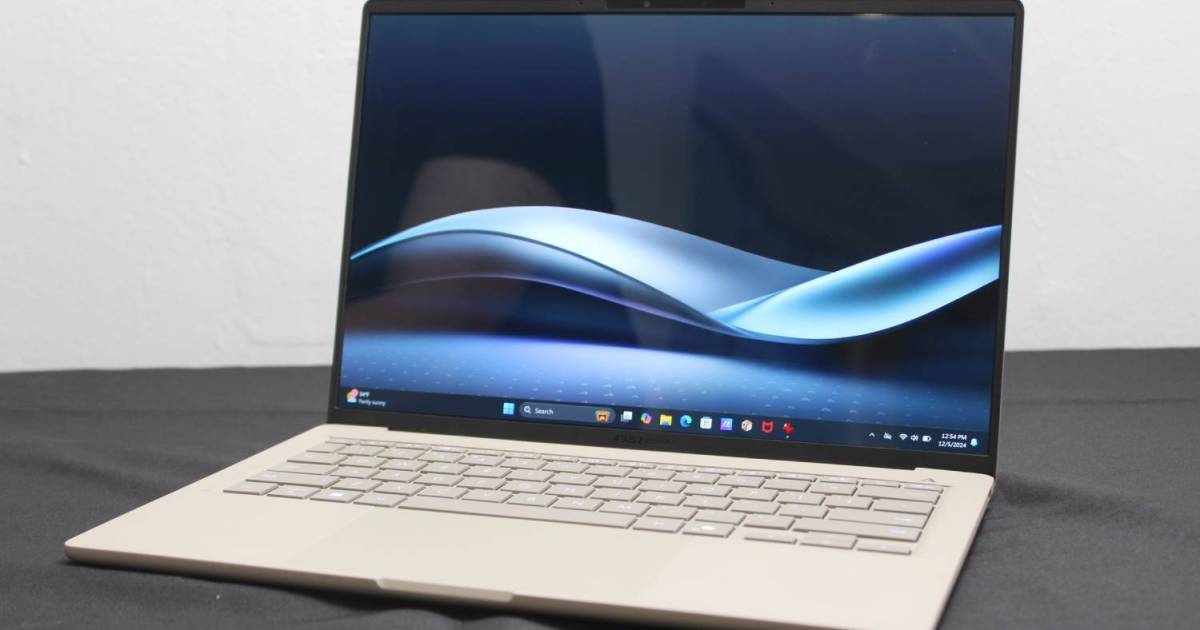Over the past three decades, Dell’s XPS line has become synonymous with high-quality Windows laptops, often rivaling MacBooks in performance and design. However, Dell recently announced a significant rebranding strategy, effectively retiring the XPS moniker. This article explores Dell’s rationale, the new naming conventions, and the potential impact on consumers.
Dell unveiled its ambitious rebranding plan at a pre-CES 2025 event, with Michael Dell himself introducing the concept. The company aims to simplify its product ecosystem by unifying all devices under the Dell brand. This move raises crucial questions: Will this simplification truly benefit consumers navigating Dell’s extensive catalog? Or is it merely a superficial change chasing fleeting trends?
 Michael Dell presenting at a Dell event.
Michael Dell presenting at a Dell event.
The New Dell Nomenclature
Dell is consolidating its diverse product lines into three main categories: Dell, Dell Pro, and Dell Pro Max. This naming structure echoes Apple’s product tiers, although Dell emphasizes that “Pro” doesn’t necessarily signify premium performance. Instead, “Dell” represents consumer PCs, “Dell Pro” denotes commercial PCs, and “Dell Pro Max” designates high-performance workstations.
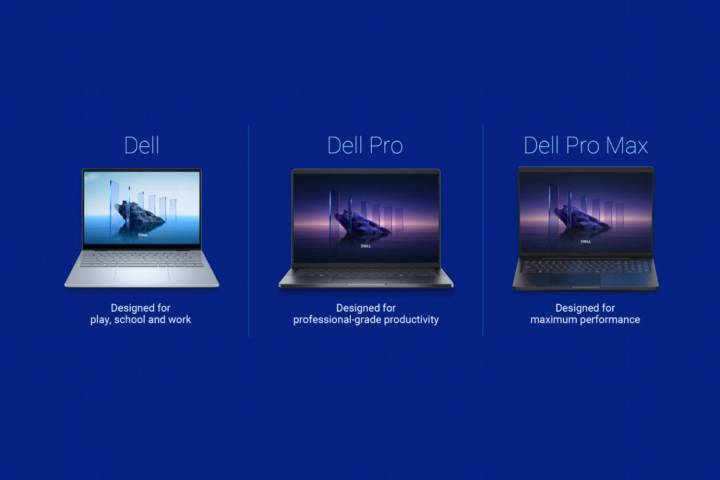 Diagram illustrating Dell's new product categories.
Diagram illustrating Dell's new product categories.
Within each category, there are three further tiers: Base, Plus, and Premium. These tiers reflect increasing performance, features, materials, and price points. For example, the former XPS line will now be categorized as Dell Premium. Thus, the XPS 13 becomes the Dell 13 Premium, and so forth. While this structure appears straightforward, Dell’s extensive product range could lead to confusion.
| Category | Dell (Consumer) | Dell Pro (Commercial) | Dell Pro Max (Workstation) |
|---|---|---|---|
| Base | Dell | Dell Pro | Dell Pro Max |
| Plus | Dell Plus | Dell Pro Plus | Dell Pro Max Plus |
| Premium | Dell Premium | Dell Pro Premium | Dell Pro Max Premium |
Transitioning to the New Branding
Dell plans to continue selling XPS laptops under their current name until the Dell Premium refresh later in 2025. The company assures consumers that the XPS design philosophy and team remain unchanged. The 2025 models will primarily feature a name change, as the XPS laptops underwent a redesign in the previous year.
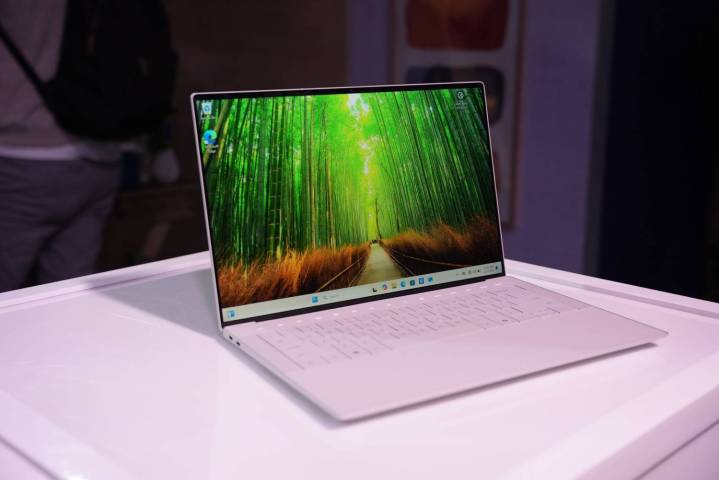 Dell 13 Premium laptop displayed on a table.
Dell 13 Premium laptop displayed on a table.
This rebranding positions the former XPS designs more centrally within Dell’s lineup. Furthermore, upgrading from a Dell Plus to a Dell Premium now represents a step up within the same brand, rather than a switch between distinct sub-brands.
Introducing the Dell Plus and Dell Pro Premium
Dell is launching its consumer-focused rebranding with the Dell Plus, replacing the Inspiron Plus line. The new Dell 14 Plus and Dell 16 2-in-1 Plus offer refinements over their predecessors. The 16-inch model boasts an upgraded mini-LED display option, while both models are noticeably thinner. However, the Dell Plus series no longer offers discrete GPU options.
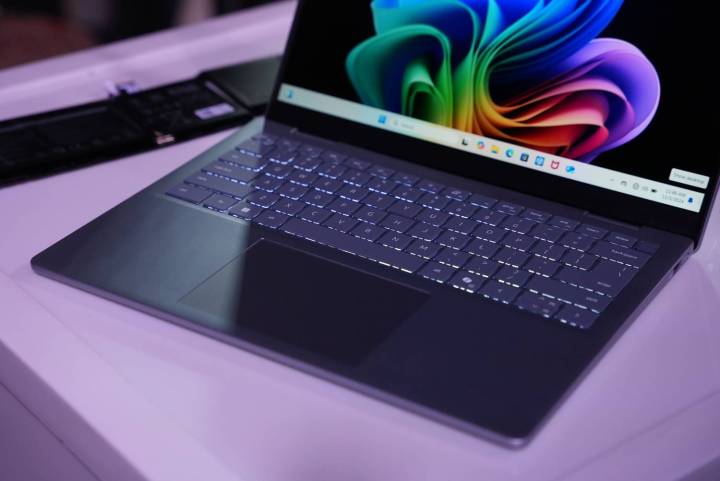 Dell 13 Plus laptop on display.
Dell 13 Plus laptop on display.
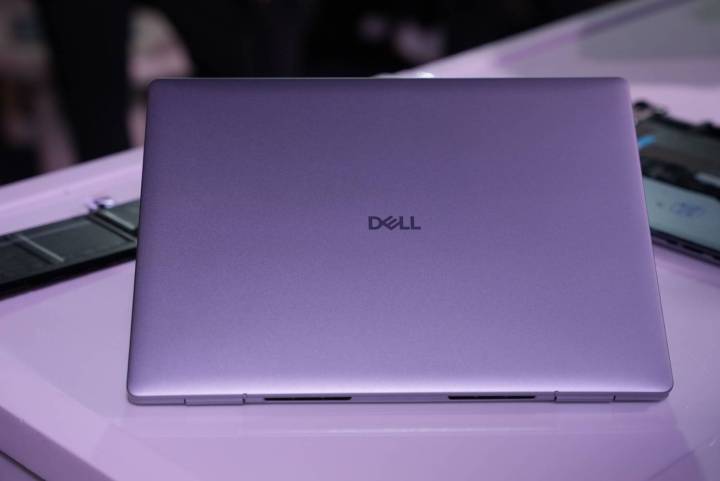 Rear view of the Dell 14 Plus.
Rear view of the Dell 14 Plus.
On the commercial side, Dell Pro replaces the Latitude brand, with the Dell Pro Premium targeting executives with features like an 8-megapixel webcam. The Dell Pro Max line replaces Precision workstations, prioritizing performance with commercial-grade components. Notably, discrete GPUs are currently exclusive to the Dell Pro Max series.
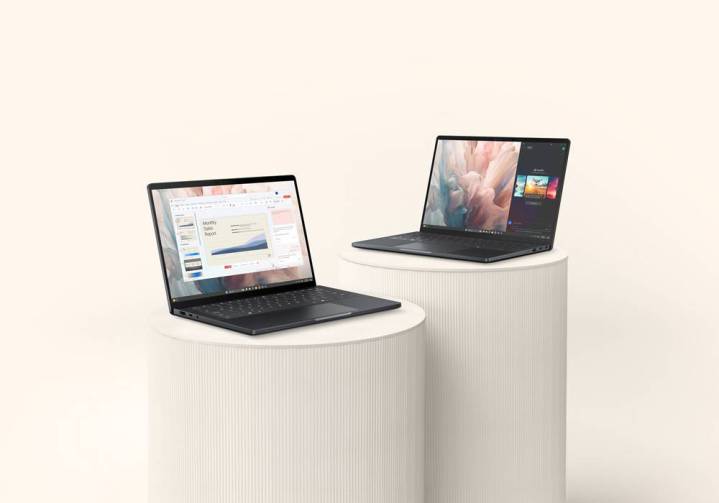 Dell Pro 13 and 14 laptops showcased.
Dell Pro 13 and 14 laptops showcased.
Evaluating the Rebrand’s Effectiveness
While simplifying names like the XPS 14 to Dell 14 Premium seems logical, the new nomenclature can become convoluted with products like the Dell Pro Max Micro. This compact commercial desktop exemplifies the potential for confusion arising from combining terms like “Max” and “Micro.”
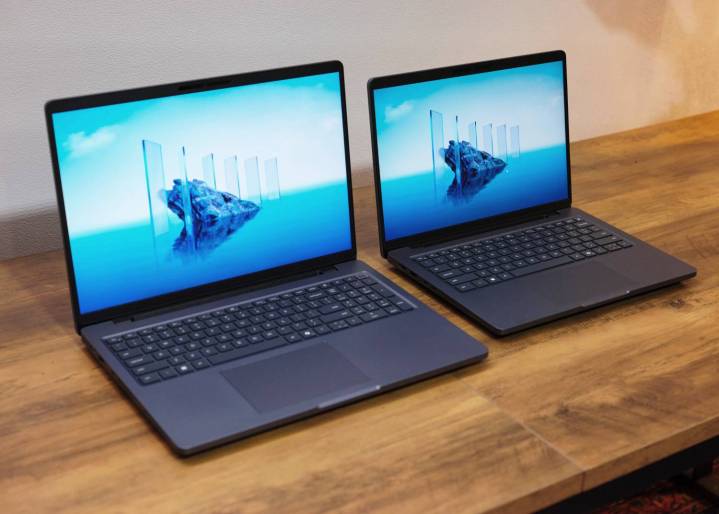 Dell Pro Max 14 and 16 on display.
Dell Pro Max 14 and 16 on display.
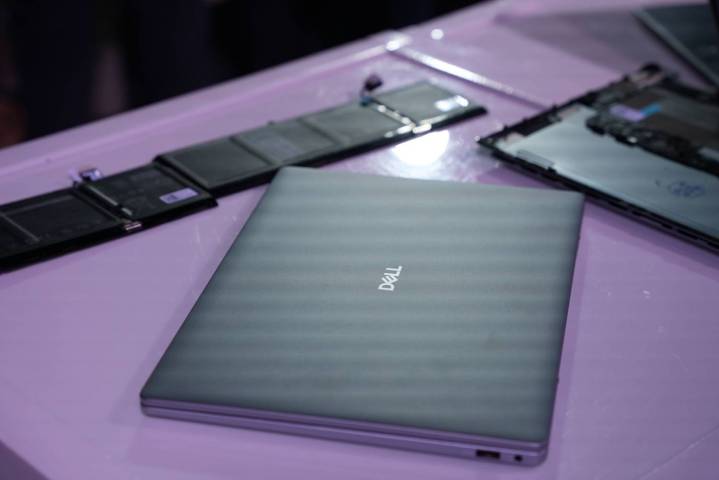 Dell 14 Plus laptop on a table.
Dell 14 Plus laptop on a table.
Dell’s approach mirrors recent industry trends, with HP consolidating its laptop brands under “Omni” and Intel shifting to “Core Ultra” processors. While the long-term effects remain to be seen, the success of Dell’s rebranding hinges on its ability to clarify its product lineup for consumers, rather than adding further complexity. Only time will tell if retiring the well-regarded XPS brand was a strategic masterstroke or a misstep.



